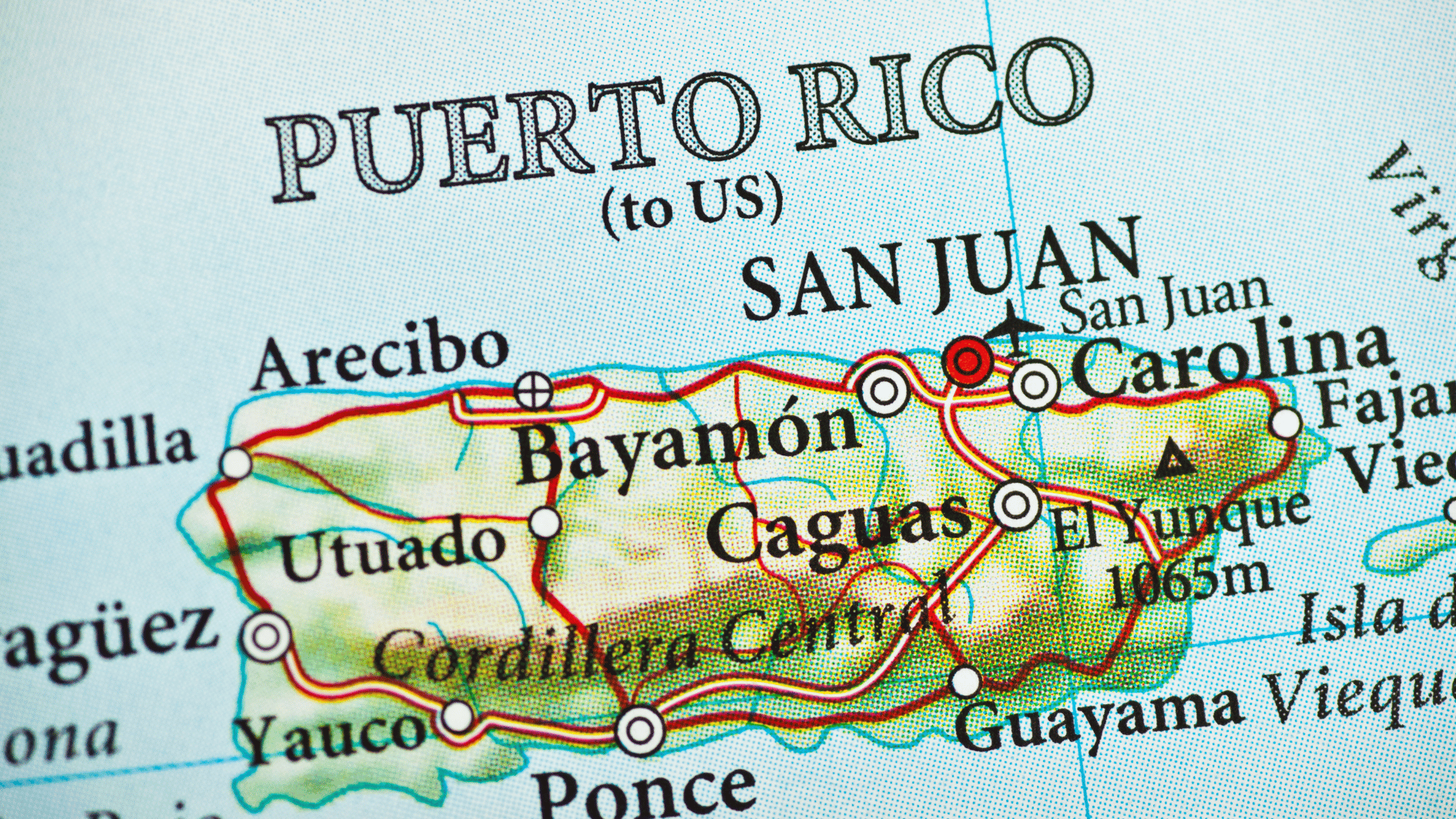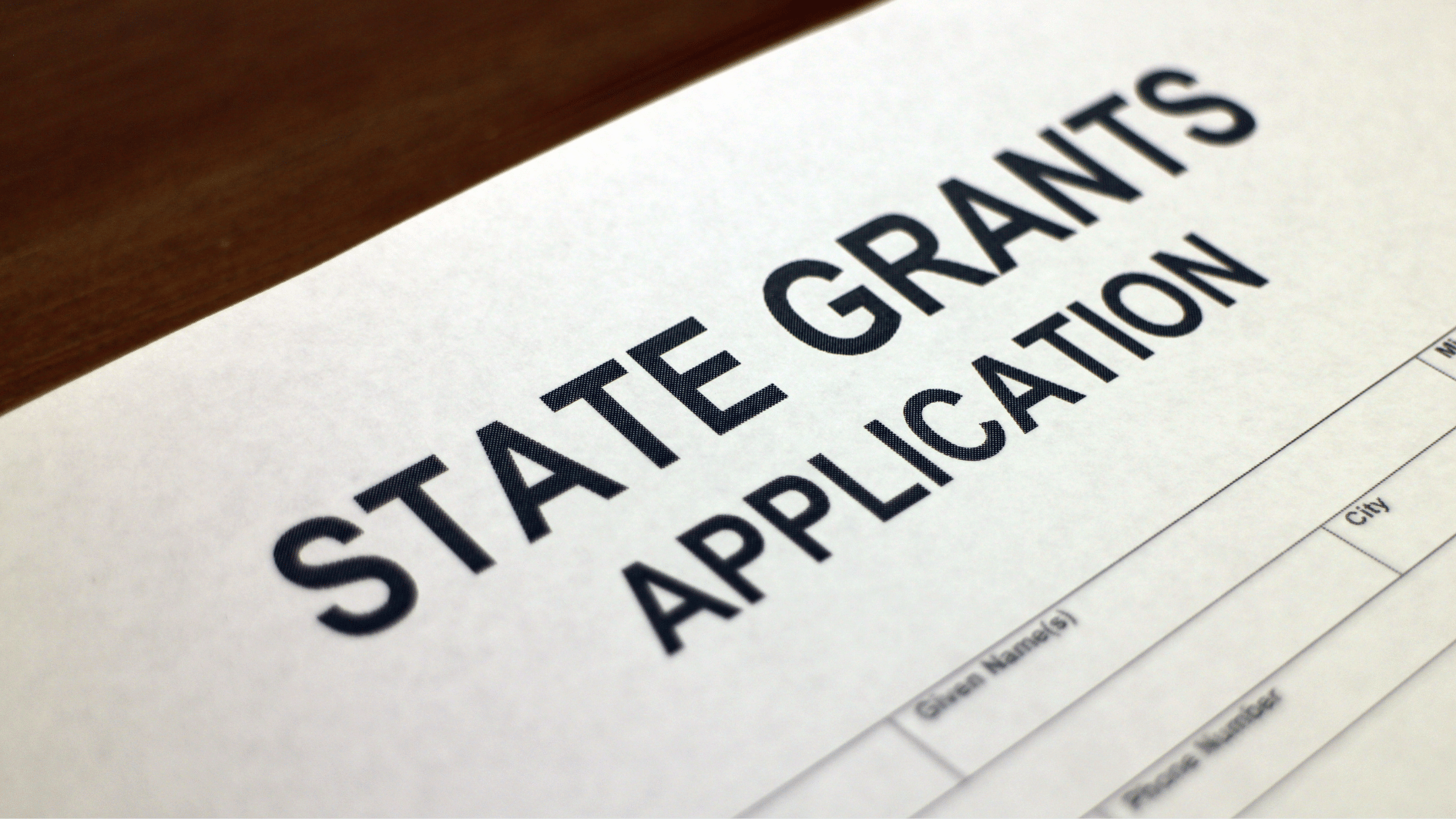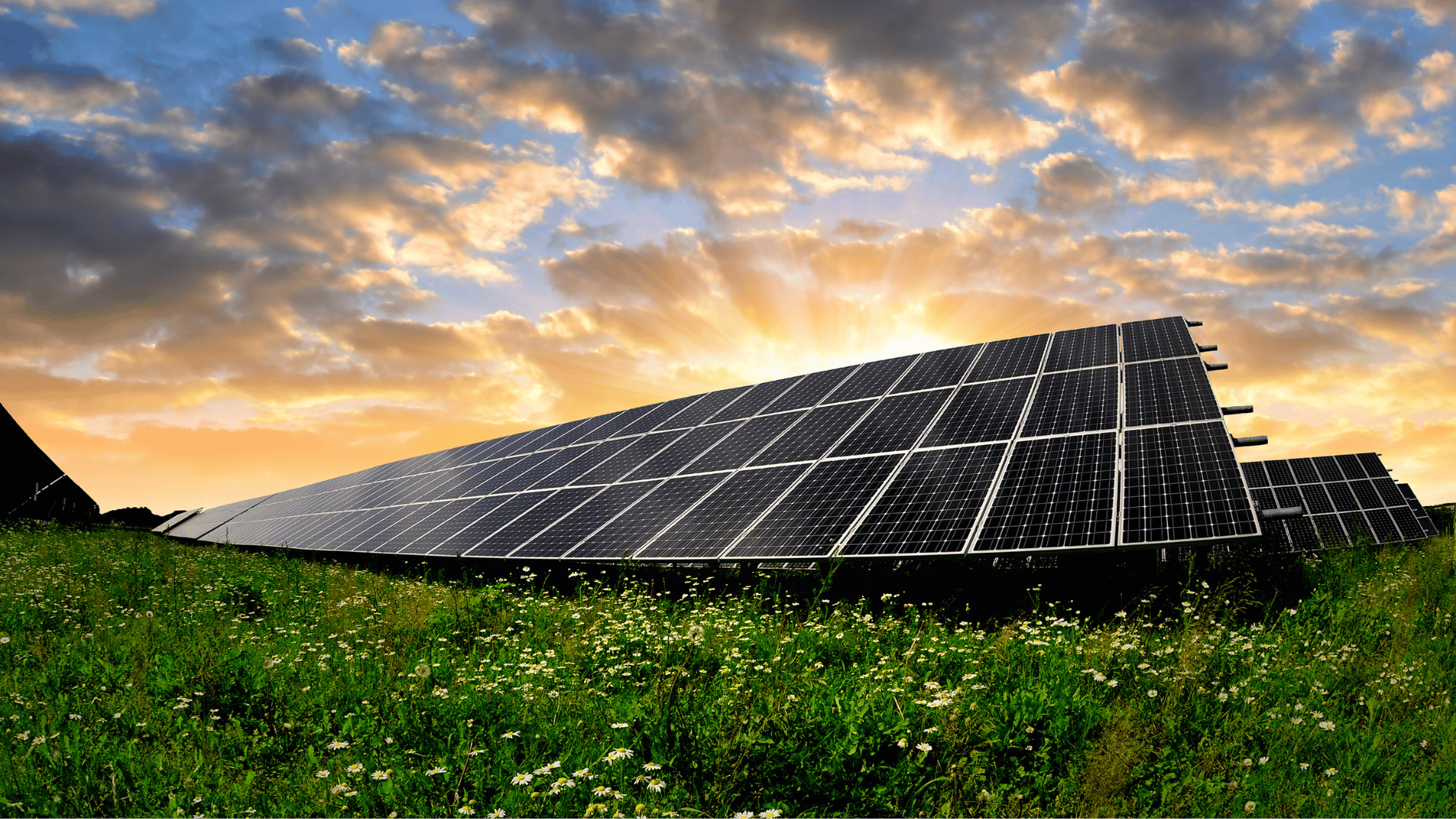Image source: Canva.com
Puerto Rico’s utility-scale solar sector has received a significant $861 million investment from the federal government.
The Department of Energy’s Loan Programs Office has announced a conditional commitment to finance new solar and battery storage facilities on the island’s southern coast. The project, dubbed Project Marahu, includes two solar farms expected to provide a total of 200 megawatts of solar capacity, sufficient to power 43,000 homes. Additionally, two stand-alone battery systems will offer up to 285 megawatts of energy storage capacity.
Clean energy experts highlight that Project Marahu will be the largest solar and battery storage installation in Puerto Rico, a region previously dominated by small-scale clean energy systems like rooftop solar. This initiative marks a significant step toward Puerto Rico’s goal of transitioning to 100 percent renewable energy. Despite receiving four times the sunlight needed to meet residential electricity demands, Puerto Rico currently relies on fossil fuels for over 90 percent of its electricity. In 2019, Puerto Rican legislators committed to phasing out coal-fired power by 2028 and achieving zero-carbon clean energy by 2050.
Sylvia Leyva Martinez, a utility-scale solar analyst at Wood Mackenzie, views the announcement as a promising development for the island’s clean energy ambitions. “Hopefully, with the support of the DOE, we’ll see not only this project but more utility-scale developments in the region,” she said.
Flexible Energy LLC, an indirect subsidiary of AES Corp. and TotalEnergies Holdings USA, will lead the project. The facilities are planned for the municipalities of Guayama and Salinas.
In tandem with this announcement, the DOE revealed $325 million in new grants under the $1 billion Puerto Rico Energy Resilience Fund. Authorized by President Joe Biden in December 2022, this fund aims to invest in clean energy and resilient grid infrastructure. The new grants will soon be issued to install solar and battery storage in community centers, healthcare facilities, and multifamily housing.
Federal officials emphasize that the new loan guarantee, if finalized, will help enhance grid resilience in Puerto Rico, which has suffered severe outages from storms that devastated the island’s infrastructure and resulted in significant loss of life. Hurricanes Irma and Maria in 2017 left 1.5 million customers without power, some for nearly a year. In 2022, Hurricane Fiona caused another extended outage, and a recent maintenance-related outage left over 350,000 customers without power, prompting Governor Pedro Pierluisi to criticize local power companies for their “lack of urgency” in addressing grid reliability.
In response to frequent power outages and continued reliance on fossil fuels, Puerto Rican residents have increasingly adopted rooftop solar, which offers reliable, off-grid power and reduces energy costs. Electricity prices in Puerto Rico are about 41 percent higher than the U.S. average, partly due to the dominance of coal and gas. Since 2017, renewables have grown from 2 percent to 9 percent of the island’s power generation, driven primarily by rooftop solar installations. Net metering enrollments for rooftop solar have surged from 15,000 in 2019 to 117,000 as of March, providing over 810 megawatts of capacity. Puerto Rico’s electricity demand peaks at around 3,000 megawatts.
Geographic constraints and extreme weather vulnerability have steered Puerto Rico towards smaller-scale clean energy projects. Limited land for large solar and wind farms and the fragility of transmission lines connecting remote power plants to urban areas pose challenges. Leyva Martinez notes that insurance difficulties for projects in disaster-prone areas further complicate large-scale development. Wood Mackenzie estimates that over 90 percent of Puerto Rico’s solar capacity in the next decade will come from distributed resources like rooftop solar.
Despite these challenges, Leyva Martinez stresses that utility-scale renewable power is essential for Puerto Rico to achieve 100 percent renewables. “There has to be development on the distributed generation side, but also on the utility side to replace all the fossil fuel generation that makes up most of the generation mix currently in Puerto Rico,” she said.
Currently, the largest solar installation in Puerto Rico is a 45 megawatt facility, according to the Energy Information Administration. A solar-plus-storage project with 90 megawatts of solar capacity and 51 megawatts of battery storage is set to become operational this year. Project Marahu, with more than double the solar capacity and significantly greater battery storage, will surpass both.
Source: CANARY MEDIA





